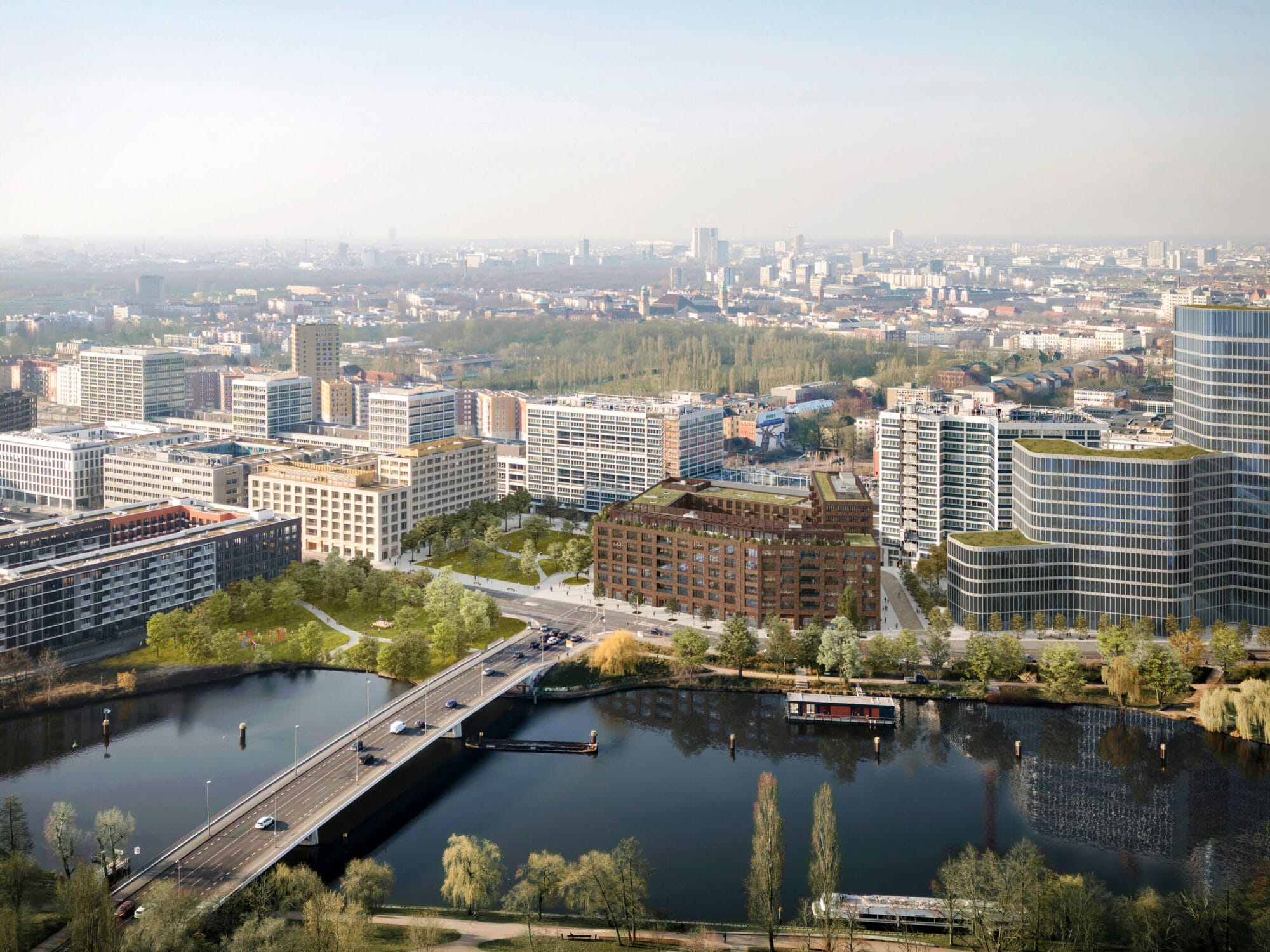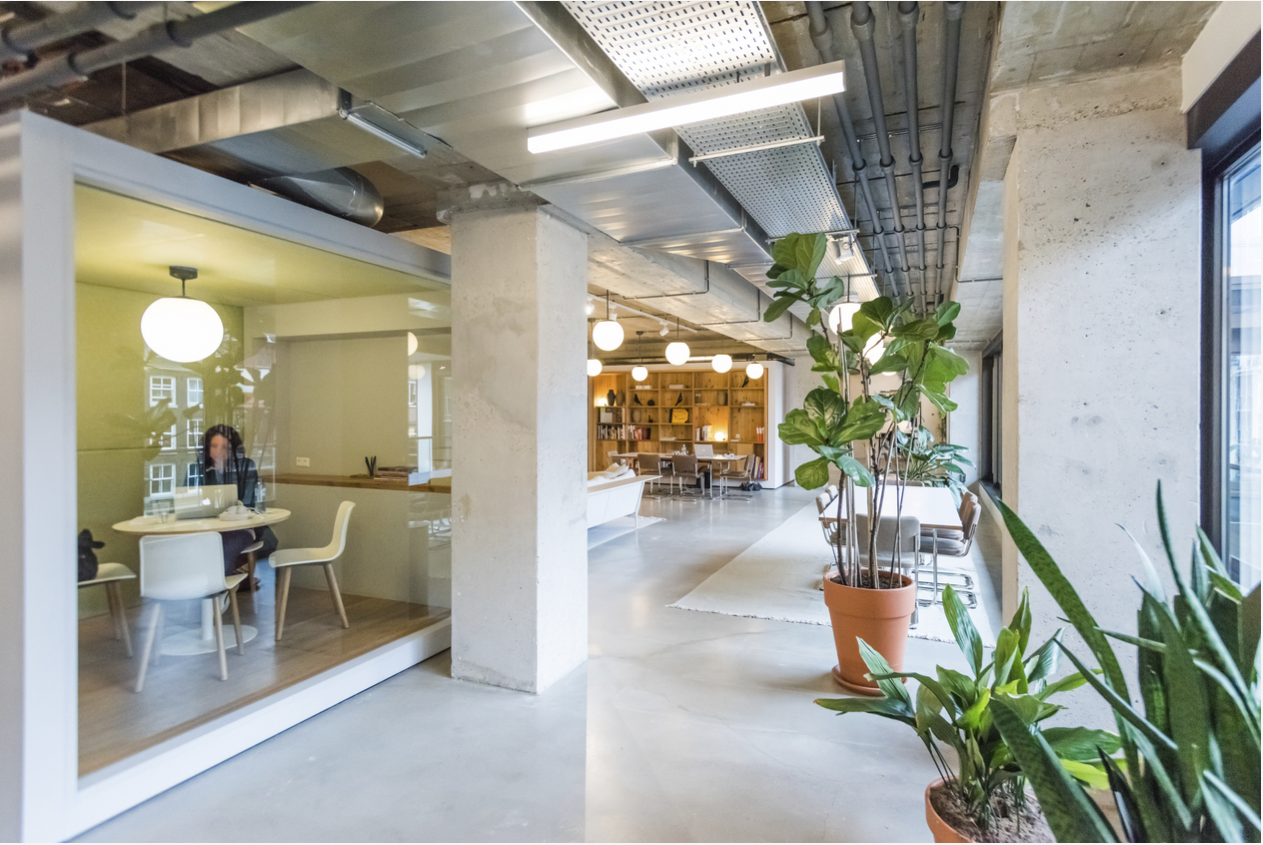Employers are preparing strategies for the return of their employees to offices. However, as experts from JLL point out, after a massive shift to remote working, not everyone will be leaving their home at the same time.
Currently, employers are preparing strategies that will gradually allow us to get back to our work desks. However, before offices reopen for employees, companies must ensure that the risks are minimized and that their teams feel as safe as possible. Therefore, according to the JLL team, offices ought to be 10-15 percent full for the first phase of returns.
According to JLL’s estimates, there are currently about 5 percent of employees in office buildings. However, the relaxation of restrictions related to the functioning of nurseries, kindergartens, and transportation, has prompted many companies to start planning the process of returning to the office.
“The motivation for employers to return is all the greater because, according to our study, which focused on analyzing employee feedback regarding home office, many of us have been missing their ergonomic office chairs and diverse workspaces. However, there is no doubt that the current situation will result in a redefinition of the working environment and change employees’ habits and behavior for a long period of time, and maybe even permanently. Therefore, when preparing the return to the office scenario, companies should not focus on ending the home office work mode as quickly as possible, but look at how to give their people a sense of security and minimize the risk of infection within the office space,” commented Jakub Zieliński, Team Leader, Workplace Advisory, JLL.
1. A day in the life of an employee
Describing a typical working day for members of your team is the first step in preparing a return strategy.
“Analyzing how many employees commute to the office by public transport or by car, what route they take from the moment they enter the office, how many teleconferences and meetings on average they have, whether they prepare their own meals or rather eat out – the current situation will mean that employers will have to get to know their teams even more. The aim is to map in detail all potential risks and situations in which an employee is exposed to a higher risk of infection,” explained Jakub Zieliński.
Analyzing the employee journey is a key step in preparing a new behavioural code and to plan work zones.
2. The office and starting from scratch
Knowing how our team moves around the office and knowing exactly what space plans they have for space arrangement, companies can move on to the reorganization stage.
“In practice, this will involve selecting the workstations at which employees can sit, determining which conference rooms can be used and what capacity they have, and deciding on movement flows in communal spaces. The office will have to include a system of markings similar to those in public places. However, these newly installed signs should not sound ‘dramatic’ in nature. It is also possible that companies will have to introduce one-way ‘traffic’ in the office space as well as employee rotation plans,” underlined Jakub Zieliński.
The latter element will be important if it turns out that employers do not have enough desks to ensure at least 2-meter social distancing between employees and when about 35 percent of people return to their offices. Dedicated applications or simply spreadsheets in the cloud will be useful in enabling seat reservations, or simply sheets with graphics in the cloud.
3. Office building backstage
Markings, an introduction of a limit on the number of people in the office, and the implementation of new behavioural codes must be conducted in parallel with the verification of systems and installations that are crucial for office buildings.
“Technical aspects related to the functioning of office buildings are now the focus of attention for all property owners and tenants. Preparing the building for the return of employees can be conducted in two stages. The changes that we can introduce in the short term include increasing the amount of supply and air flows within the limits of installation specifications, extending the ventilation time in the office space where it will not affect the efficiency of ventilation, limiting the use of fan coil units and air conditioners, and of course – tightening cleaning procedures for communal spaces. Remember that the coronavirus, depending on the surface, can be active for up to three days,” explained Paweł Warda, Head of Project and Development Services CEE, JLL.
In the long term, office owners and employers can increase their expenditure on digital solutions or the purchase of equipment for improving air quality and hygiene in an office building.
“We are talking about such solutions as non-contact-controlled lifts, automatic door openers on tenants’ office spaces, as well as lighting systems based on motion detectors and light intensity sensors, which until now have not always been identified with office space. In the long term, companies can also invest in modifications to ventilation systems that will help purify the air,” added Paweł Warda.
4. Do not forget about communication
Planning the process of communicating all changes to the team is key when it comes to implementing a successful return strategy.
“Transparency, appropriate signalling of upcoming changes and well-thought-out, regular two-way communication are certain elements that should accompany all employer activities. Employees must be sure that the company has thought through the entire process of return, and that everything is being done for employees’ health and safety. Let us also remember that we need to give ourselves time to acquire new habits and ways of behaving in this new “normal,” concluded Jakub Zieliński.







